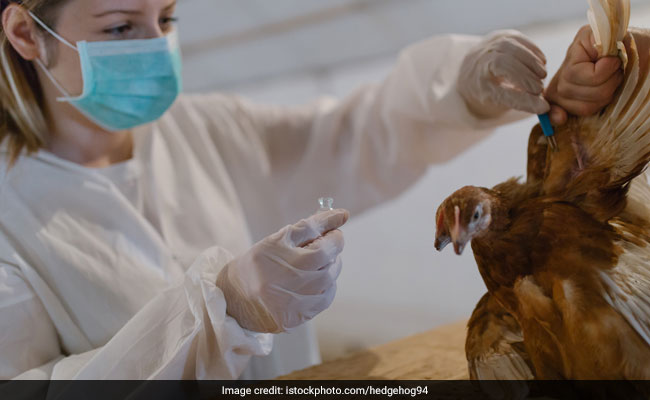The antibiotics used in animals can enter the human body and make it resistant to the drugs.

Antibiotic use in animals to be restricted
HIGHLIGHTS
- Government to limit antibiotic use in animals
- These antibiotics enter the human body through consumption of animals
- This can make the human body resistant to antibiotics
With the increase in the antibiotic injected poultry and meat consumed by people, the centre is concerned about the ill-effects of this practice. They have now proposed a regulation of these drugs injected in animals to induce abnormal growth in a stipulated time period. The drugs used to inducing growth in animals enter humans. As a result, the body becomes resistant to these drugs. Studies reveal that drug resistance has been on the rise in the world
Draft for The Food Safety and Standards Amendment Regulations for contaminants, toxins and residues 2017, has listed as many as 18 antibiotics and pharmacologically active substances, including nitrofurans, chloroform and glycopeptides which should be banned in the units where processed fish, prawns and shrimp are prepared.
The Food Safety and Standards Authority of India have stated a stipulated residual limit according to which 21 antibiotics can be used in meat, animal fat and milk. This is for the antibiotics which are used in both humans and animals.
Also read: Top 6 Processed Foods You Should Definitely Avoid
For examples, only 0.01 mg/kg of Ampicillin can be used in chicken or mutton. This is to prevent the human body from becoming resistant to Ampicillin which is used against bacterial infections, heart and brain ailments. It is also used for treating sick birds.
The draft regulation also states the need for regulation of 98 other antibiotics used in animals for veterinary purposes. Leftovers of these drugs can be present in eggs, milk or edible fat tissues. Depending on the antibiotic, the limit can range between 0.01 mg/ per kg to 0.15 mg/ per kg.
In order to check the residual amounts of these antibiotics in poultry, the FSSAI conducted simultaneous studies all over the country. For this, they collected meat samples and other poultry products for testing, DNA reported.
The Centre for Science and Environment also conducted a study to check for antibiotic misuse in poultry and an improper disposal of poultry waste in the field has exposed humans to potential risk of infections.
This study found that 100% of the E. coli, 92 per cent of Klebsiella pneumoniae and 78 per cent of Staphylococcus lentus had become multi-drug resistant. These drugs are used for the treatment of a number of infections in humans. Sadly, it was found that these drugs had no effect on the bacteria due to high resistance.
DoctorNDTV is the one stop site for all your health needs providing the most credible health information, health news and tips with expert advice on healthy living, diet plans, informative videos etc. You can get the most relevant and accurate info you need about health problems like diabetes, cancer, pregnancy, HIV and AIDS, weight loss and many other lifestyle diseases. We have a panel of over 350 experts who help us develop content by giving their valuable inputs and bringing to us the latest in the world of healthcare.














